
All categories
Featured selections
Trade Assurance
Buyer Central
Help Center
Get the app
Become a supplier

(1449 products available)








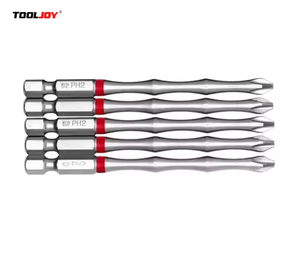





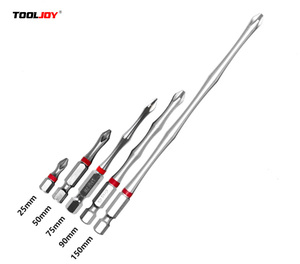

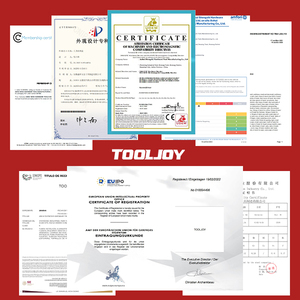





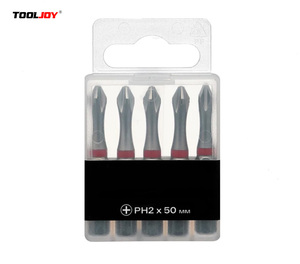
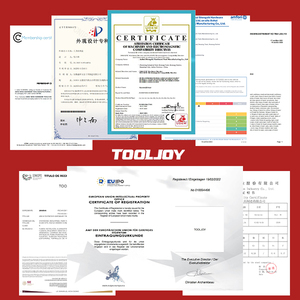

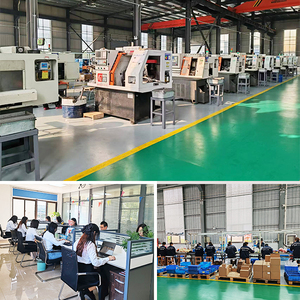



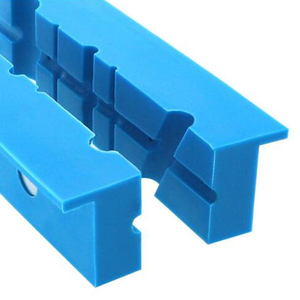
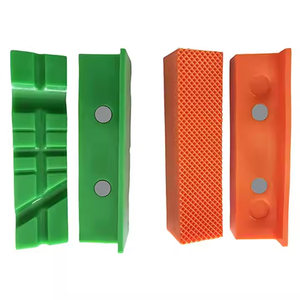



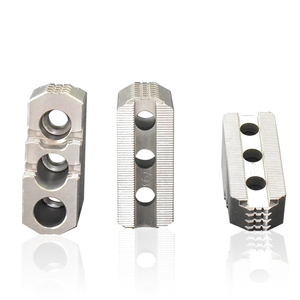


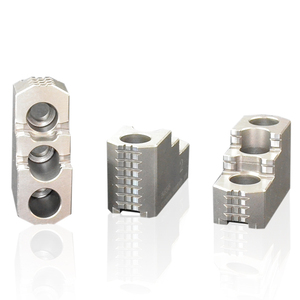

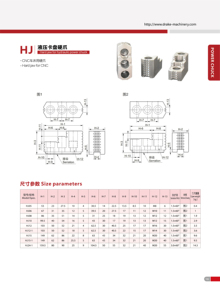


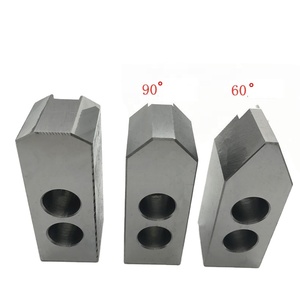




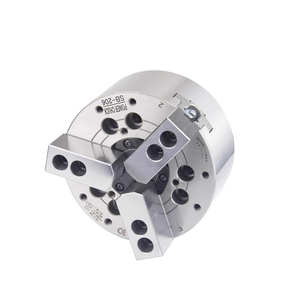

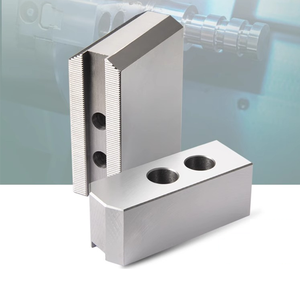


Machine tools soft jaws are detachable components on a machine tool, such as a lathe. They are used to hold various workpieces of different shapes and sizes while machining. Soft jaws provide a workpiece with a better fit, greater capacity, and higher accuracy than hard jaws. They are usually made of aluminum but can also be made of plastic or steel.
Machine tool jaw soft types include:
Round soft jaws
Round soft jaws fit most rotary tables perfectly. They are ideal for gripping round stock, especially when the workpieces do not have a pre-drilled center hole. To increase their capacity, round soft jaws can be slotted or relieved.
Extended soft jaws
Extended soft jaws have a longer jaw length than standard soft jaws. They provide additional support and stability when machining tall or irregularly shaped workpieces. Extended soft jaws are also suitable when the operator needs extra clearance or access to a particular area of the workpiece.
Bucket soft jaws
Also referred to as step soft jaws, bucket soft jaws have a cup-like shape. They are widely used to hold workpieces with a large diameter.\ For instance, bucket soft jaws can grip a pipe on its external surface.
Hard jaws
Hard jaws are made of metals and provide greater gripping strength and durability than soft jaws. They are suitable for high-precision machining or heavy-duty applications that require maximum gripping force. Hard jaws are designed for frequent use and can withstand more extended wear and tear than soft jaws.
Material:
The material of soft jaws for machine tools is typically aluminum, steel, or plastic. Aluminum is lightweight and provides good durability. Steel offers higher strength and is suitable for heavy-duty applications. Plastic soft jaws are replaceable and can be contoured for specific workpiece shapes.
Design:
Soft jaws often have a three-piece or four-piece design. Split soft jaws allow better workpiece location and centering. Contour soft jaws can be custom-made to match the precise shape of irregularly-shaped workpieces for improved stability and clamping force. Another popular design is the single slot. It includes a straight slot open at both ends, which is deep enough to expose the inner jaw in a straight cavity.
Length and width:
The length and width of soft jaws depend on the chuck size and the workpieces they are intended to hold. They are usually longer and wider than hard jaws to provide the required gripping surface and adaptability.
Mounting style:
Soft jaws can be bolt-on, slip-on, or threaded-on, depending on the mounting method. Bolt-on soft jaws are secured using bolts for a fixed and repeatable clamping surface. Slip-on soft jaws fit over the hard jaws and are held in place by friction. Threaded-on soft jaws utilize internal threads to screw onto a matching chuck adapter.
Machine tools soft jaw maintenance mainly includes inspection and cleaning.
Inspection:
Users are advised to check soft jaws machine tools regularly for signs of damage, such as cracks, chips, or warping. They should also ensure that the soft jaws still align properly with the hard jaws of the chuck and make adjustments if necessary. More importantly, users need to check the workpiece contact area of the soft jaws for any unevenness or gapping and rectify them in time to maintain the clamping stability and precision.
Cleaning:
Keep the soft jaws clean and free from debris. Remove any workpiece residue, dirt, or coolant buildup by wiping it with a clean cloth or using compressed air. If necessary, soft jaws can be removed for cleaning, and the mounting surfaces can also be cleaned.
Machine tools soft jaws have diverse applications across different industries and sectors. These applications emphasize the versatility of soft jaws and their ability to cater to various clamping needs and requirements.
The following tips will help buyers when sourcing machine tool soft jaws for sale at retail.
Match Jaw Size to Chuck Size
Ensure that the soft jaws' size matches the jaw size before buying them. They are available in different sizes, so check the specifications to find the correct match. The soft jaws won't mount securely on the chuck if they aren't a proper fit.
Consider Material Options
Soft jaws for machining are made of various materials, so choose ones that correspond with the machining requirements. For instance, buy polypropylene soft jaws for repairs if they are currently in good condition but need jaws. Select aluminum or rubber soft jaws if looking for something durable or with a strong grip, respectively.
Pay Attention to the Mounting Style
Ensure the mounting style chosen corresponds with the chuck to ensure a proper fit. For instance, if the chuck uses screws to mount jaws, then the soft jaws selected must have screw threads for a secure fit.
Think About the Job Requirements
What is the current machining task at hand? Are the existing jaws making the required contours? The job's needs must be well understood before selecting soft jaws. If the job requires specialized contours or a specific grip, tailored soft jaws should be considered.
Q1: What are the two main types of soft jaws used in a machine tool?
A1: The two main types of soft jaws are the A and B types. Type A is usually used for irregularly shaped workpieces. It has a curved outer profile, while Type B has a flat outer profile and is used for cylindrical workpieces.
Q2: What material is used for soft jaws on machine tools?
A2: Common materials for soft jaws are aluminum alloy, high micro-density polyethylene (HDPE), brass, and carbon fiber. Each material has its own features and advantages.
Q3: What is the purpose of soft jaws on machine tools?
A3: Soft jaws machine tools are used to grip workpieces of irregular shapes and sizes, protect the workpiece from marring, and allow for closer tolerances and better concentricity than hard jaws.
Q4: Can soft jaws be reused in machine tools?
A4: Yes, soft jaws are usually quick to replace and can be reused as long as they are not excessively worn or damaged.